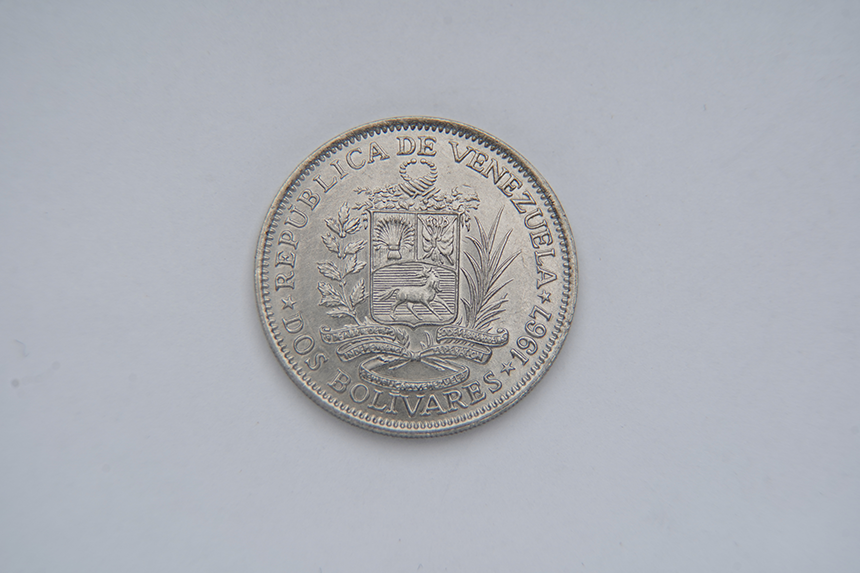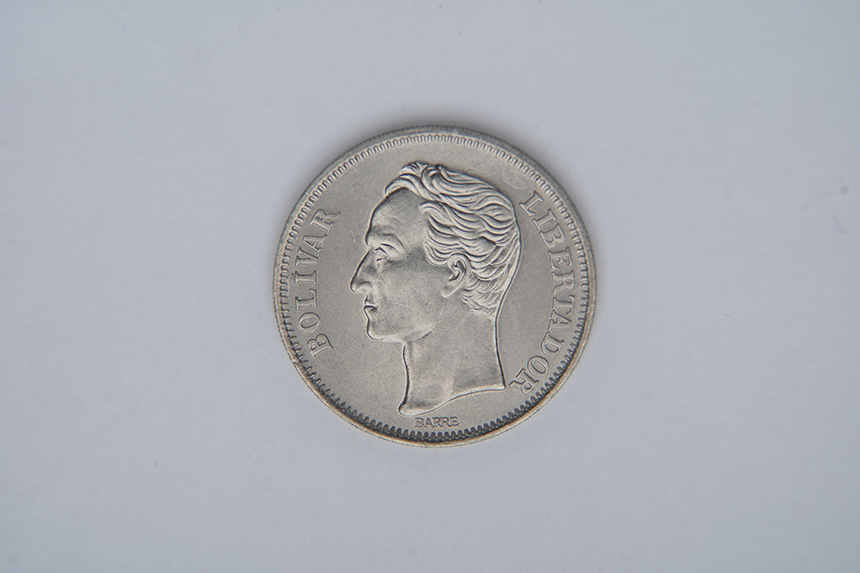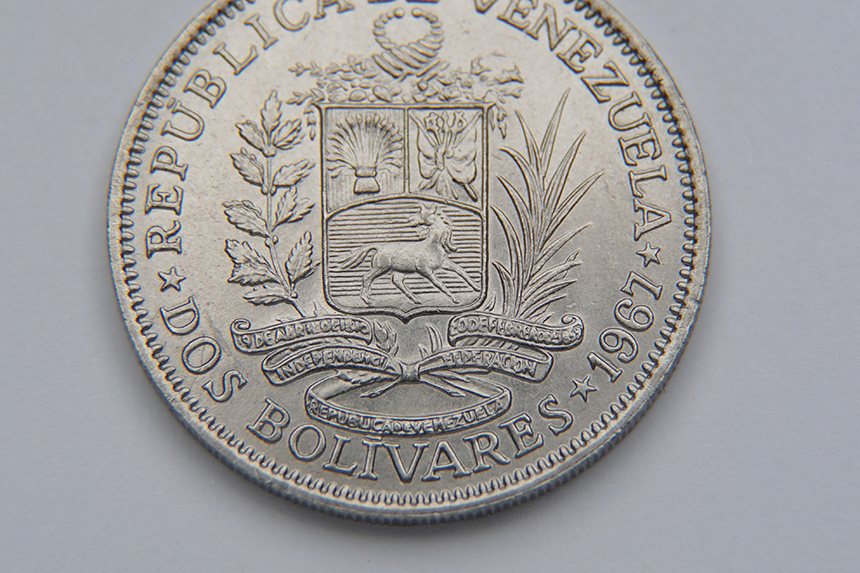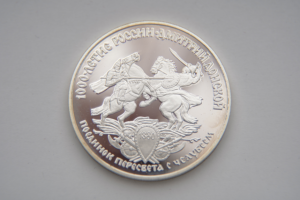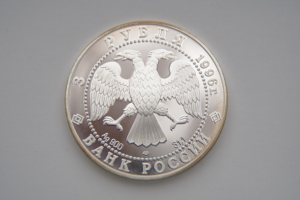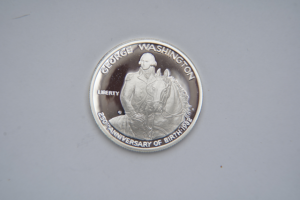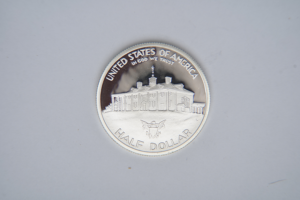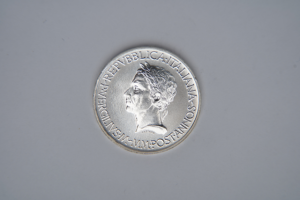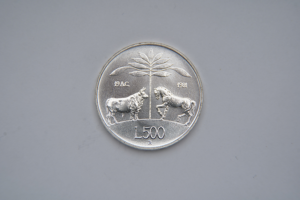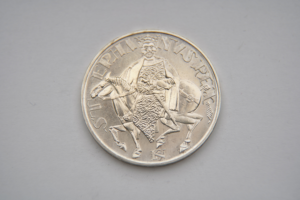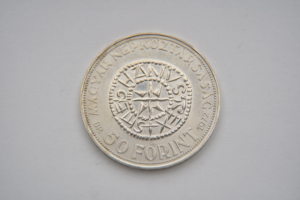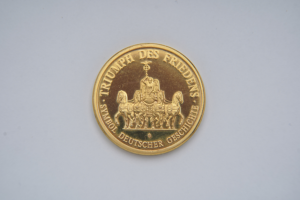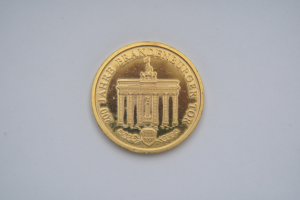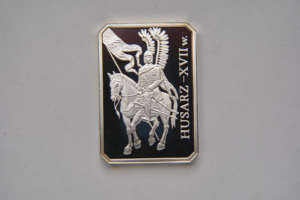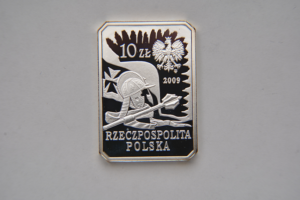National dance of Venezuela.
Reverse of the coin.
Big size of obverse of the coin.
More information
National dance of Venezuela.
So here we have the Venezuelan bolivar, nominal - 1. The year of issue of this coin is 1967, mint: Tower Hill, London, UK. Total circulation – 180.000.000.
The joropo is a musical style resembling the fandango, and an accompanying dance. It originated in Venezuelan territory and is also present in the eastern Colombian plains. It has African, Native South American, and European influences. There are different joropo variants: tuyero, oriental, and llanero. It is a fundamental genre of Venezuelan música criolla (creole music). It is also the most popular "folk rhythm": the well-known song "Alma Llanera" is a joropo, considered the unofficial national anthem of Venezuela.
In 1882 it became Venezuela's national dance. Formerly, the Spanish word joropo meant "a party", but now it has come to mean a type of music and dance that identifies Venezuelans. In the 18th century, the llaneros started using the word joropo instead of fandango, which was used at the time for party and dance.
Joropo was developed by creative artists such as Juan Vicente Torrealba, Ignacio Figueredo, Augusto Bracca, Genaro Prieto, Eneas Perdomo and Angel Custodio Loyola, who helped to popularize the music throughout the country. Since then a slick, contemporary form of pop-llanera has developed which has earned the scorn of some purists who perceive it as stale and watered-down.
Object data
Title
National dance of Venezuela.
Artist
Obverse: Albert Desiré Barre.
Founder
Tower Hill, London, UK.
Date
1967.
Culture
Venezuela.
Medium
Nickel.
Dimensions
5x23x1.8.
Classification
Coin.

